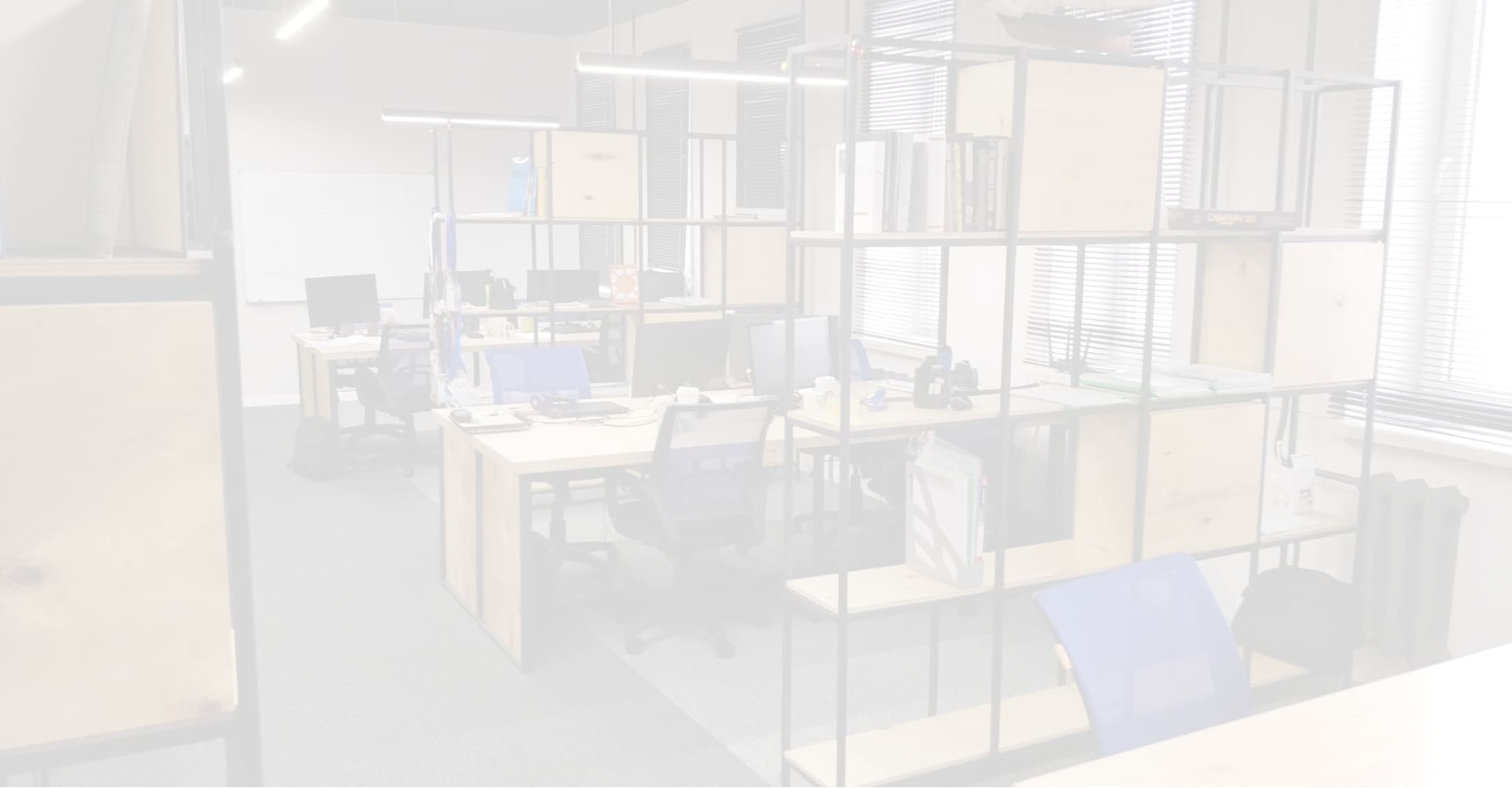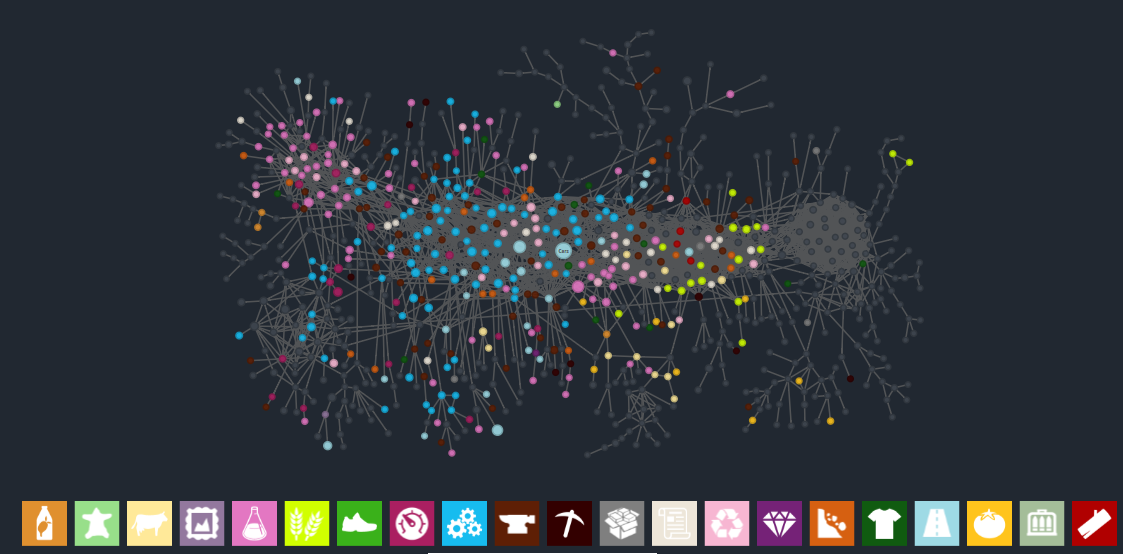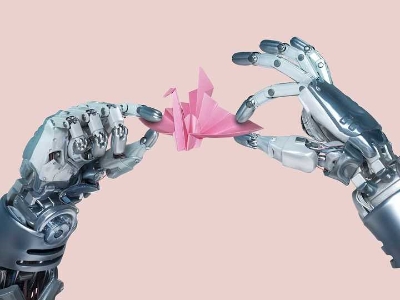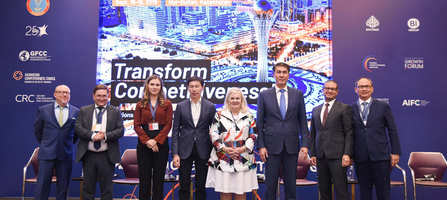
Blogs
Current templates and why they do not work
January 29, 2019


Kuanysh Zhaikov
partner
"The definition of insanity is doing the same thing over and over and expecting different results". (Albert Einstein)
Even those who are not interested in economic planning know that we always want to develop some industry. News feeds are full of headlines: "Adopted the state program of the agro-industrial sector", "industrial and innovative development", "tourism". We also "develop" IT, logistics, construction, education, and much more.
In this post, we will try to briefly expand the approaches to the development of the real sector – the production of goods. Macro vs micro.
With the classic "macro" approach, a separate industry is singled out, for example, the automobile industry. It includes motor vehicles (cars, buses, snowmobiles, etc.), bodies, trailers, and auto components. In Kazakhstan, this industry is represented by 2-3 main plants. The main idea, as a rule, is to allow them money from the budget in return for the growth of some indicators – production volumes, employment, etc. That is all
Why does not this scheme work properly? Because the economy is a little more complicated.
The first time we "stumble" on inter-industry relations. In Kazakhstan, only 42 tenge out of 100 tenge of the notional cost of a car is produced by enterprises from the industry themselves. The difference of 58 tenge is what the industry buys from others-trade, non-ferrous metallurgy, financial sector, logistics, etc. In Germany, for example, 68 tenge out of 100 is purchased from other industries.
Thus, by allocating money, we only partially support the automobile industry, but in fact - a lot of people in parallel.
A much more important and subtle point resides in the "micro" analysis – the "hidden knowledge" necessary for the development of goods. For example, it is easier for an economist to master finance than zootechnics, because there is "similarity" between these two spheres. A similar "similarity" was found by Hausman, Hidalgo et al. (2011) between products. A country that specializes in sewing shirts will easily switch to sewing trousers, but it will be more difficult to master the production of microscopes.
The "product space" for Germany from the MIT website is shown below, based on a matrix analysis of world trade. Circles represent individual products, their colors represent affiliation with a formal industry, and their distance represents "similarity" between products. The first thing that catches the eye is that products are not always grouped by color – as such, there is no clear evidence of the existence of separate industries.
Second, the example of auto parts production shows how the industry logic is collapsing. The product is more closely related to mechanical engineering (traffic lights, lifting equipment), chemistry (aminoplastic resins, rubber pipes) than to other products from the same industry -buses or fire engines.
One of the right decisions is to move away from direct industry planning. The starting point of the movement is the country's current strengths. There may be "jumps" from simple to complex products, but these are rather exceptions.
all publications











